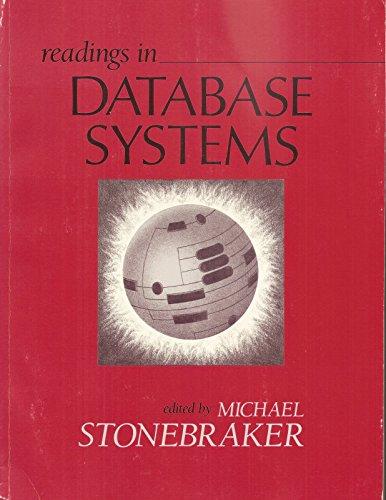Question
complete the public T removeRandom(), public SetADT union(SetADT set), and the incomplete part in the arraysettester arrayset.java package arraysetpackage; import java.util.Iterator; import java.util.NoSuchElementException; import java.util.Random;
complete the public T removeRandom(), public SetADT
arrayset.java
package arraysetpackage;
import java.util.Iterator; import java.util.NoSuchElementException; import java.util.Random;
public class ArraySet
public void add(T element) { if (contains(element)) return; if (count == setValues.length) { T[] temp = (T[]) new Object[setValues.length*2]; for (int i = 0; i < setValues.length; i++) { temp[i] = setValues[i]; } setValues = temp; } setValues[count] = element; count++; }
public void addAll(SetADT
public boolean equals(SetADT
public T removeRandom() { // finish: remove and return a random element. you will use the // local rand object return null; // this is just generic, you need to change the return } public int size() { return count; } public SetADT
} arraysetester.java:
package arraysetpackage;
import java.util.Iterator;
public class ArraySetTester {
public static void main(String[] args) { SetADT
for (int i = 0; i < 12; i++) mySet.add(new String("apple"+i));
System.out.println(mySet); System.out.println("mysize = "+mySet.size()+ " [expect 12]"); mySet.add(new String ("apple0")); System.out.println("mysize = "+mySet.size()+ " [expect 12]"); System.out.println("contains 11? = "+mySet.contains(new String("11"))); System.out.println("contains apple11? = "+mySet.contains(new String("apple11"))); try { String removedItem = mySet.remove("apple7"); System.out.println(mySet); System.out.println(removedItem+ " was removed"); } catch (Exception e) { System.out.println("item not found, can't remove"); } try { String removedItem = mySet.remove("apple17"); System.out.println(mySet); System.out.println(removedItem+ " was removed"); } catch (Exception e) { System.out.println("item not found, can't remove"); } Iterator
SetADT
for (int i = 0; i < 12; i++) mySet2.add(new String("orange"+i)); System.out.println(mySet2); // add code here to test methods you finish in ArraySet // after you complete the existing methods, do the Case Study // Approach 1 will be here in the main // Approach 2 will be here in ArraySetTester, but you will // create a local static method that you will call from the main // Approach 3 will start with uncommenting the prototype in SetADT // and then creating the method in ArraySet. Finally you will write // code here to test the new method }
}
arraysetiterator.java
package arraysetpackage;
import java.util.Iterator; import java.util.NoSuchElementException;
public class ArraySetIterator
}
setadt.java
package arraysetpackage;
import java.util.Iterator;
public interface SetADT
Step by Step Solution
There are 3 Steps involved in it
Step: 1

Get Instant Access to Expert-Tailored Solutions
See step-by-step solutions with expert insights and AI powered tools for academic success
Step: 2

Step: 3

Ace Your Homework with AI
Get the answers you need in no time with our AI-driven, step-by-step assistance
Get Started


